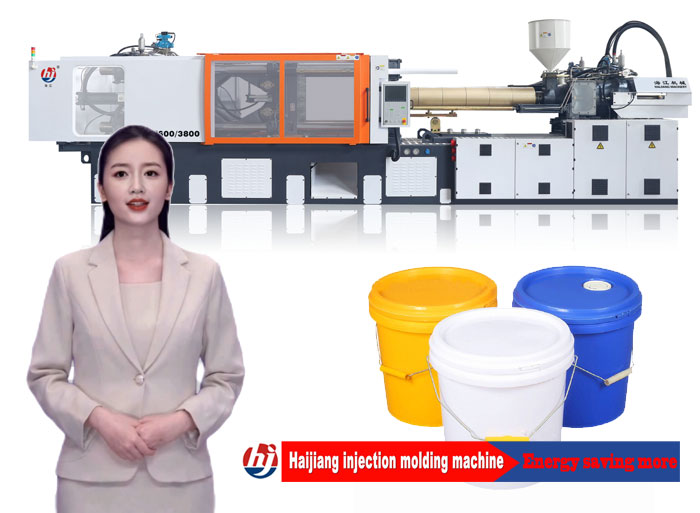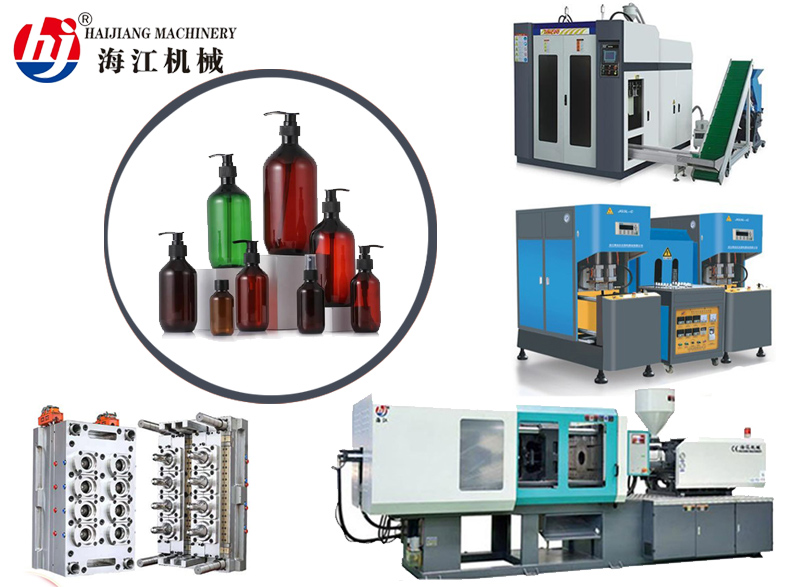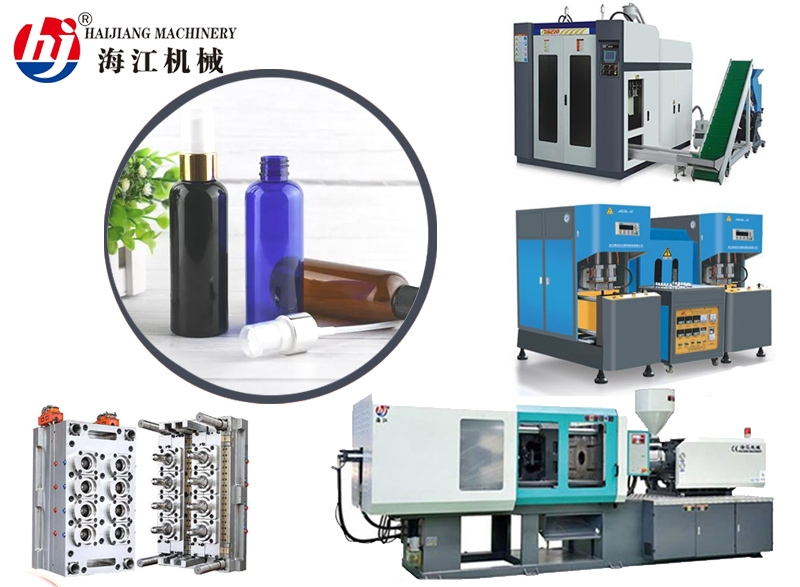The in mold labeling process refers to the technique of applying labels directly inside injection molds during the plastic molding process. Here are the typical steps involved:

1) Designing the mold: The mold is designed with a special cavity or recess to accommodate the label. This label holder area is seamlessly integrated into the mold design.
2) Producing the mold: The mold is manufactured using conventional techniques like CNC machining or EDM. The label holder cavity is created as per the design.
3) Inserting the label: A pre-printed paper or plastic label is inserted into the label holder cavity in the mold. The label is precisely aligned.
4) Injecting plastic: Molten plastic is injected into the mold cavity under high pressure. The plastic flows around the label, holding it firmly in place.
5) Cooling and ejection: The plastic-label composite cools and solidifies in the mold. Once cooled, the finished product is ejected from the mold. The label is now permanently embedded inside the plastic part.
6) Post-molding processes: The plastic part with in-mold label undergoes conventional post-molding processes like trimming, polishing, packaging etc.
The key benefits of in-mold labeling are:
• Permanent label: The label becomes a permanent part of the molded plastic product.• Cost savings: It's cheaper than applying labels as a separate process after molding.
• No adhesive required: The label is held in place mechanically by the injected plastic.
• 360 degree visibility: The label is fully embedded and visible from all sides.
• Resistance to heat, moisture and wear: The label has the same durability as the molded part.
However, in-mold labeling requires specialized molds and labeling material that can withstand the molding process conditions. But when done correctly, it offers an efficient and cost-effective labeling solution for plastic parts.Hope this overview provides a helpful summary of the in-mold labeling process and the advantages it offers. Let me know if you have any other questions!





